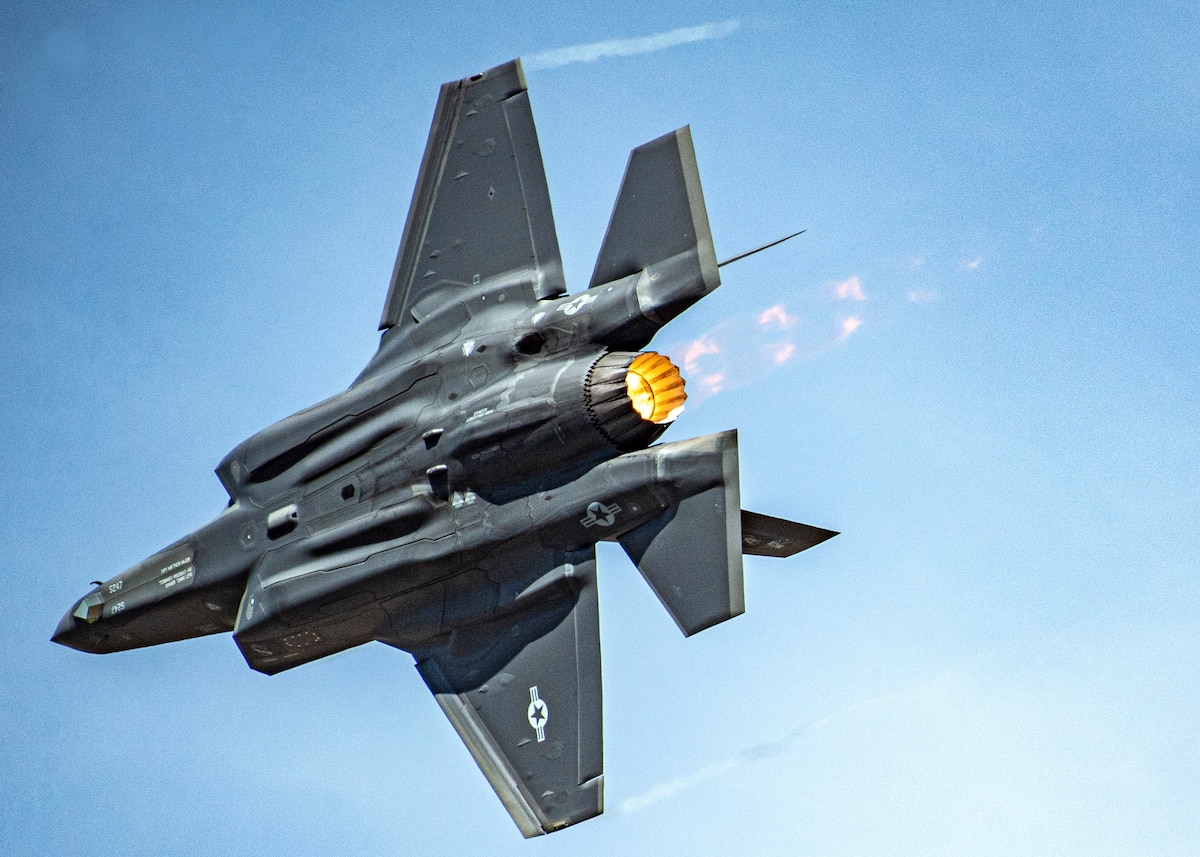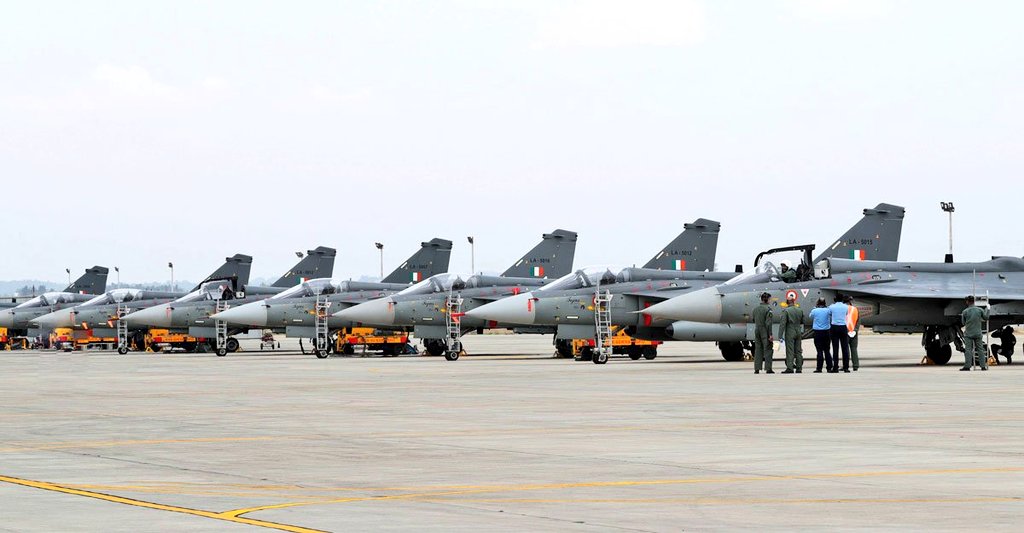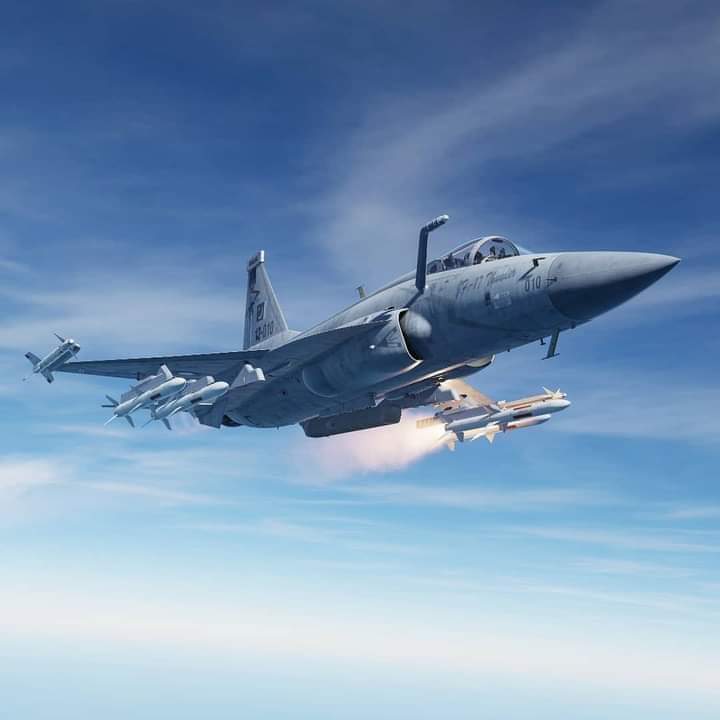AFI
SOURCE: AFI


Meghalaya’s Director General of Police, Idashisha Nongrang, has reported the detection of Bayraktar TB2 unmanned aerial vehicles (UAVs) near the towns of Sohra and Shella in the East Khasi Hills district, close to the India-Bangladesh border. This development has raised significant security concerns, especially given the current political turbulence in Bangladesh.
The UAV in question, identified by the transponder code TB2R1071, was reportedly launched from the Tejgaon Airbase in Bangladesh. The Bayraktar TB2, crafted by the Turkish company Baykar, is renowned for its dual-use capabilities, offering both surveillance and precision strike options. These drones have an operational range of 300 km and can fly for up to 27 hours, making them a formidable asset for reconnaissance and potential combat missions.
Continue readingSOURCE: AFI


A joint operation by the Indian Army and Assam Rifles, under the Spear Corps, has resulted in the recovery of a significant cache of weapons and a surprising piece of technology: a Starlink antenna. The operation, conducted based on specific intelligence, targeted hill and valley regions across several districts in Manipur, including Churachandpur, Chandel, Imphal East, and Kagpokpi.
The security forces coordinated closely with the Manipur Police and other agencies during the search. The recovered weaponry included a range of items, from sniper rifles and automatic weapons to pistols, country-made mortars, single-barrel rifles, grenades, ammunition, and other war-like stores.
Continue readingSOURCE: AFI


As aerial warfare evolves, Beyond Visual Range Air-to-Air Missiles (BVRAAMs) are becoming critical for ensuring air superiority. While Russia has long been a pioneer in air-to-air missile technology, its current inventory of BVRAAMs, such as the R-77 (NATO: AA-12 Adder), is increasingly viewed as outdated in terms of range and accuracy compared to modern Western and Asian systems. This has opened a potential opportunity for India’s Astra Mk1 and MkII missiles to be integrated into Russian-origin platforms like the MiG-29 and Su-30 family, which are extensively operated worldwide.
The R-77, once a trailblazer, has fallen behind modern counterparts such as the American AIM-120D AMRAAM and European Meteor. With a range of approximately 80–110 km, it struggles to compete with newer designs offering extended ranges, better kinematics, and superior resistance to countermeasures.
Continue readingSOURCE: AFI


The Quadrilateral Security Dialogue, or QUAD, comprising the United States, Japan, Australia, and India, has been pivotal in shaping strategic dynamics in the Indo-Pacific region. Each member, except India, has integrated or is in the process of integrating the Lockheed Martin F-35 Lightning II into their military forces, raising questions about India’s exclusion from this particular technology transfer.
India has historically maintained a policy of strategic autonomy, which sometimes conflicts with deep military alliances or dependency on foreign technology. The Indian Air Force (IAF) and the defence establishment have been cautious about technologies that could bind India too closely to any one power, especially in terms of maintenance, upgrades, and operational control.
Continue readingSOURCE: AFI


In 2023, Poland continued to import a variety of arms and ammunition from India, with the total value of these imports reaching US$456.23 thousand, as per the data from the United Nations COMTRADE database. This import activity highlights a niche but significant aspect of the trade relationship between India and Poland, focusing on defense and security equipment.
These imports, though modest in scale, reflect a strategic alignment where Poland might be looking to diversify its defense suppliers, potentially as part of broader security policies or to foster international relations with India in the context of the EU and NATO frameworks.
Continue readingSOURCE: AFI


In the high-stakes environment of aerial dogfights, where every move can mean the difference between life and death, the act of surrender is as dramatic as it is rare. While there are no official written rules for surrendering during a dogfight, certain actions have been recognized over time as signals of capitulation.
One of the most surprising methods for a fighter pilot to signal surrender is by lowering their landing gear while still in flight. This action, visible to any pursuing enemy aircraft, serves as a universal sign of yielding, indicating to the adversary that the pilot wishes to stop fighting and be escorted to the nearest military airbase. This gesture, though not formally documented in military protocols, has been acknowledged in various conflicts as a plea for mercy, urging the opponent to cease hostilities.
Continue readingSOURCE: AFI


In a significant move to bolster its air defense capabilities along its western frontier with Pakistan, the Indian Air Force (IAF) has strategically deployed its Final Operational Clearance (FOC) Tejas Mk1 fighters. This deployment comes as part of an operational strategy that also sees the gradual retirement of the aging MiG-21 fleet, with a full withdrawal planned by 2026.
The IAF has recently moved its FOC Tejas Mk1 from its southern bases to the western sector, particularly to support operations at the Jamnagar Air Force Station. This station has become a focal point for integrating new and existing assets as the MiG-21s, known for their extensive service but now nearing the end of their operational life, scale back their activities. The Tejas, with its modern avionics and combat capabilities, is seen as a direct replacement and enhancement to the MiG-21’s role.
Continue readingSOURCE: AFI


In a significant move to bolster its defense export capabilities, India is eyeing Morocco as a pivotal gateway to both Africa and Europe. This strategic alignment was underscored during a recent defense industry seminar in Rabat, where Morocco’s Minister Delegate to the Head of the Government for National Defence, Abdeltif Loudyi, extended an open invitation to Indian defense companies.
At the heart of this burgeoning partnership is the promise of a “state-of-the-art environment, zero bureaucracy, and profitability” for Indian defense firms. Minister Loudyi’s remarks at the India-Morocco Defence Industry Seminar, which took place on December 9-10, 2024, reflect Morocco’s proactive stance in fostering defense industry collaborations. The event, co-organized by the defense ministries of both nations, along with the Indian Embassy in Morocco and the Society of Indian Defence Manufacturers (SIDM), served as a platform to discuss potential joint ventures, technology sharing, and procurement opportunities.
Continue readingSOURCE: AFI


In a documentary celebrating the 85th anniversaries of the Sukhoi Design Bureau and MiG Design Bureau, Russia’s state media outlet, Russia 1, unveiled cutting-edge technologies being incorporated into the Su-57, Russia’s fifth-generation stealth fighter. These advancements reflect significant strides in propulsion, avionics, and manned-unmanned teaming (MUMT) capabilities, signaling the aircraft’s transition into a more advanced iteration.
The Su-57 is undergoing testing with a new generation engine featuring a two-dimensional (2D) nozzle design. This development is aimed at enhancing the fighter’s stealth, agility, and thrust-vectoring capabilities. Unlike traditional circular nozzles, the 2D nozzle reduces radar signature as it now comes with a Radar blocker as seen in the above images that aligns with global trends seen in platforms like the F-22 Raptor’s Pratt & Whitney F119 engines.
Continue readingSOURCE: AFI


The Pakistan Air Force (PAF) is advancing its efforts to develop the PFX fighter program, which is currently shaping up to be a single-engine, 4.5-generation platform. The design appears to be derived from the existing JF-17 fighter, incorporating upgrades such as reduced radar cross-section (RCS) features, an Infrared Search and Track (IRST) system, and an Active Electronically Scanned Array (AESA) radar. These advancements aim to enhance the platform’s survivability and combat effectiveness.
Initial reports suggested that the PFX would be a twin-engine platform. However, recent updates indicate that the focus is on creating a highly localized, single-engine design, avoiding significant reliance on Chinese technology. This pivot reflects Pakistan’s ambition to establish a foundation for independent defense manufacturing. The twin-engine concept may be revisited after 2035, with the development of a 5th-generation fighter.
Continue readingSOURCE: AFI


The Technology Development Fund (TDF), an initiative of the Defence Research and Development Organisation (DRDO), is actively seeking industry partners to develop an indigenized pressure gauge for fixed-wing aircraft. This effort is part of India’s ongoing push for self-reliance in critical defense technologies under the Aatmanirbhar Bharat mission.
Pressure gauges are essential for maintaining optimal operational performance in fixed-wing aircraft. These devices monitor and regulate critical parameters, ensuring safety and functionality during flight. Developing indigenous alternatives will reduce dependency on foreign suppliers, cut costs, and ensure quicker availability of spare parts.
Continue readingSOURCE: AFI


The Pakistan Air Force (PAF) is set to replace the U.S.-origin AIM-120 Advanced Medium-Range Air-to-Air Missiles (AMRAAMs) and AIM-9 Sidewinder missiles on its F-16 Block-15/30 MLU fleet with Turkish-manufactured alternatives. The decision comes after the United States delayed approval of Pakistan’s request for a new arms deal, a situation exacerbated by geopolitical and historical complications.
To address its air-to-air missile requirements, the PAF has turned to Turkey’s homegrown missile systems. The Gökdo?an, a long-range beyond-visual-range air-to-air missile (BVRAAM), and the Bozdo?an, a short-range air-to-air missile (SRAAM), are being integrated into the older F-16 fleet. These missiles, developed by Turkey’s Scientific and Technological Research Council (TÜB?TAK SAGE), are designed to be compatible with NATO-standard platforms like the F-16, making them an attractive alternative for Pakistan.
Continue readingSOURCE: AFI


Recent developments in India’s visa policy targeting Canadian citizens with links to Khalistani organizations have reignited discussions about long-standing visa issues between India and Canada. This move by India has brought to light the parallel practices by Canada, which have been in place for years, specifically targeting retired Indian security personnel.
For the last few years, Canada has maintained stringent visa policies for former members of the Indian Police, Army, and paramilitary forces. Notably, individuals who have served with the Punjab Police are almost automatically denied visas, even for tourism purposes. This policy extends to former members of the Border Security Force (BSF) and Assam Rifles, where applicants are interrogated about their deployment areas during their service. Similarly, ex-Army personnel are questioned if they were stationed in sensitive regions like Punjab, Assam, or Kashmir.
Continue readingSOURCE: AFI


Jean-Marc Budin, Senior Vice President for the Middle East, Africa, and India at Thales, has announced a significant investment in India’s burgeoning aviation sector. A multi-million euro project is underway to establish an advanced Maintenance, Repair, and Overhaul (MRO) facility in Gurgaon, near the Delhi airport, with completion expected by 2025. This facility is designed to enhance service efficiency for key Indian airlines like Air India and IndiGo, providing state-of-the-art maintenance solutions for avionics systems.
“Thales is committed to supporting India in preparing for the impending large-scale aviation sector growth and transformation,” Budin stated, highlighting the strategic importance of this investment. The MRO will serve as a hub for maintaining and upgrading avionics, ensuring the operational efficiency of India’s rapidly expanding airline fleets.
Continue readingSOURCE: AFI


Suprabal Janasewashree General Ashok Raj Sigdel, Chief of Army Staff (COAS) of the Nepali Army, is currently on an official visit to India. As part of his itinerary, he toured two premier defense manufacturing facilities in Pune—Tata Advanced Systems Limited (TASL) and Bharat Forge Limited—both renowned for their contributions to cutting-edge military technology.
During his visit, General Sigdel lauded the role of TASL and Bharat Forge in advancing India’s defense manufacturing capabilities. Both companies are key players in the “Atmanirbhar Bharat” (Self-Reliant India) initiative, which aims to reduce dependence on foreign defense imports by fostering indigenous production. He praised their efforts in bolstering India’s defense self-reliance and expressed admiration for their state-of-the-art facilities and innovative technologies.
Continue reading